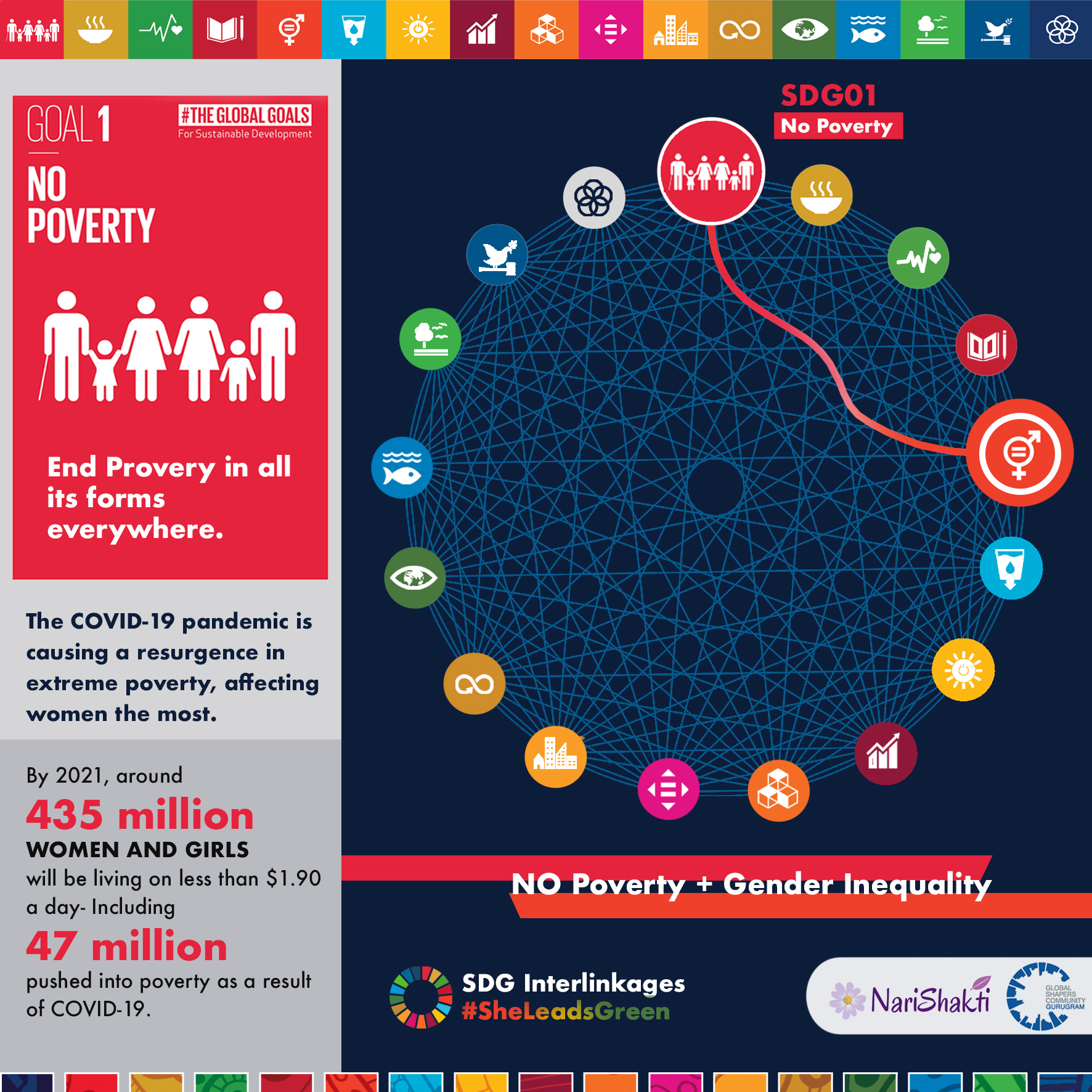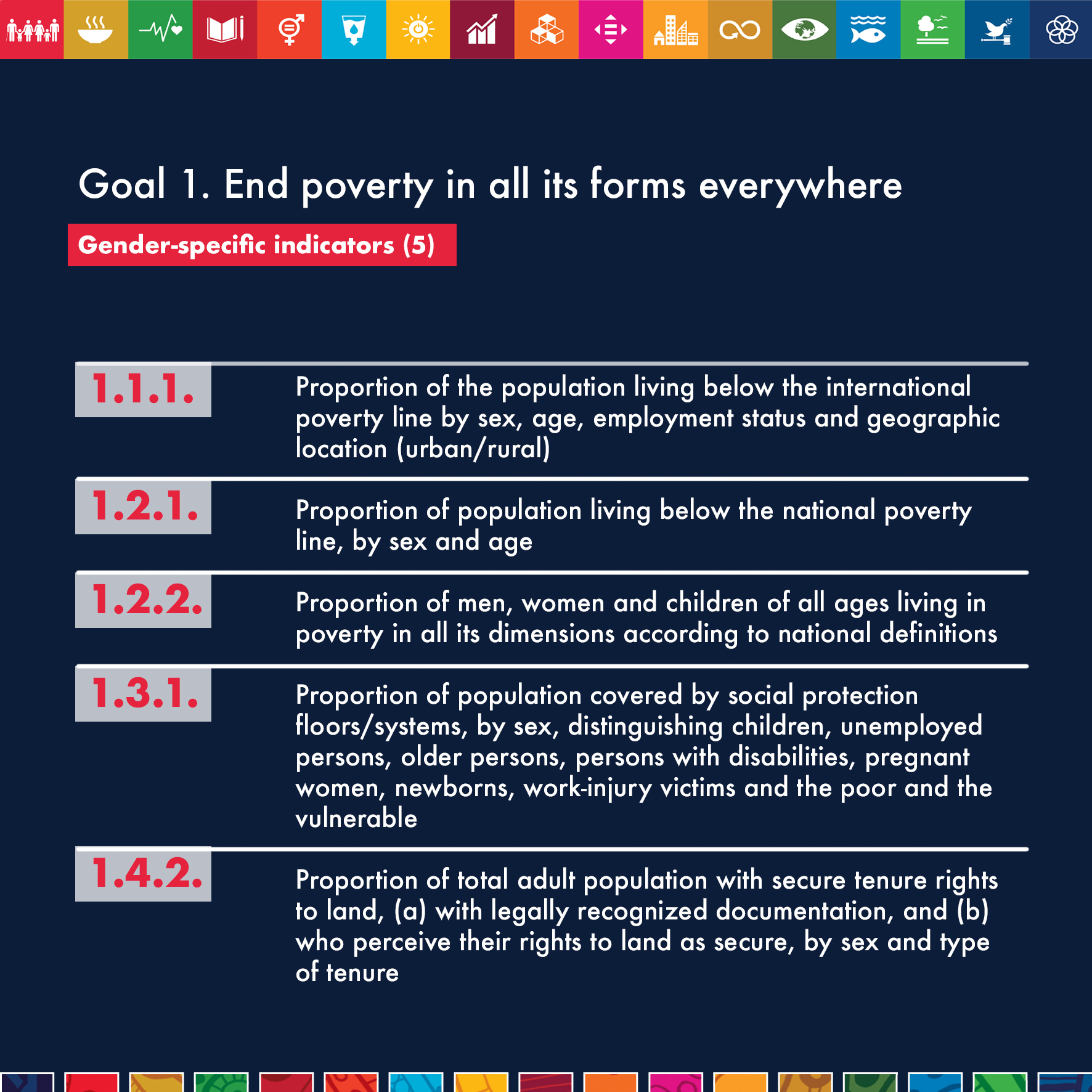
Gender parity to accelerate poverty alleviation (SDG 1)

As per the UN Department of Economic and Social Affairs, over 71 million people got pushed into poverty in the past year due to the pandemic and achieving the targets and objective of SDG 1 on ending poverty in all forms became more and more a pipe-dream.
Why do we need to look at poverty from a gender lens?
Globally, women and girls are 4 percent more likely to live in extreme poverty than men, with a 25% higher risk for women between the ages 25-34, as per UN Women. Poor women are more vulnerable to violence, inequitable labor, discriminatory pricing, and unsafe environment at work and at home. They are exposed to greater health adversities, including hunger, disease, untreated health conditions, and mental health problems
How is poverty and gender-linked?
There are 7 targets and 13 indicators to achieve SDG 01. 5 out of 13 indicators are gender-specific

It is critical to achieve the targets of SDG 1 and boost gender parity in order to combat the aggravation of poverty in the post-pandemic world.
- The clear linkages between exacerbation of poverty and the incessant gender gaps, a focussed pursuit of the targets of SDG 1 can inevitably lower poverty rates in all countries.
- There is ample evidence suggesting that boosting gender parity through measures like recognizing and reducing women’s unpaid work will inevitably reduce poverty, given the large quantum of women in the unorganized and informal sectors engaged in unpaid work (direct interlinkage of SDG Target 1.4 to SDG Target 5.4).
- Target (5a) of SDG 5 on undertaking reforms is directly linked to target 1.4 of SDG 1 on ‘No Poverty’, which talks about ensuring that all men and women, in particular, the poor and the vulnerable; have equal rights to economic resources, as well as access to basic services, ownership and control over land and other forms of property, inheritance, natural resources, appropriate new technology, and financial services.
Hence, serious efforts aimed at eradication of gender discrimination, in general, can contribute largely to the attenuation of poverty.
References


